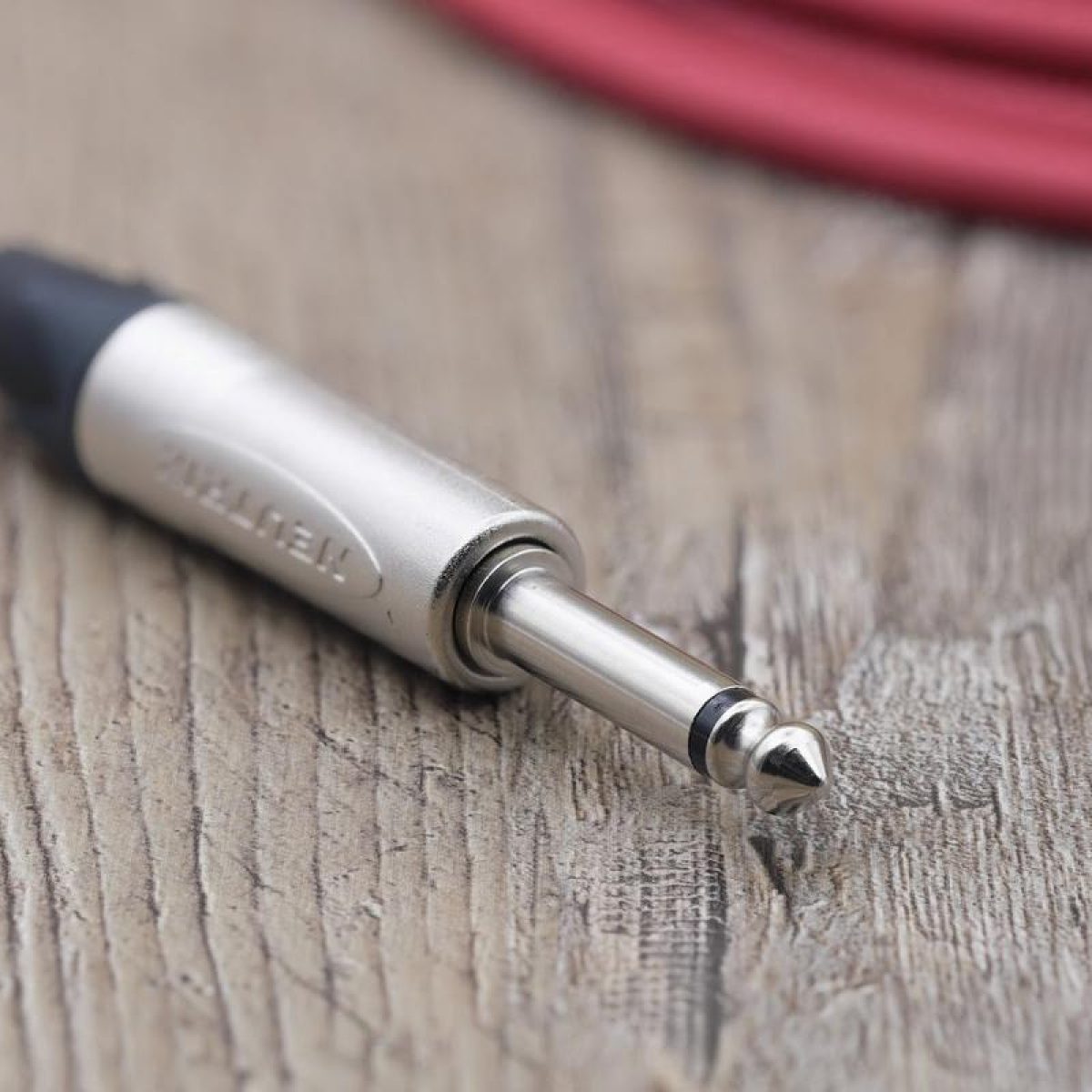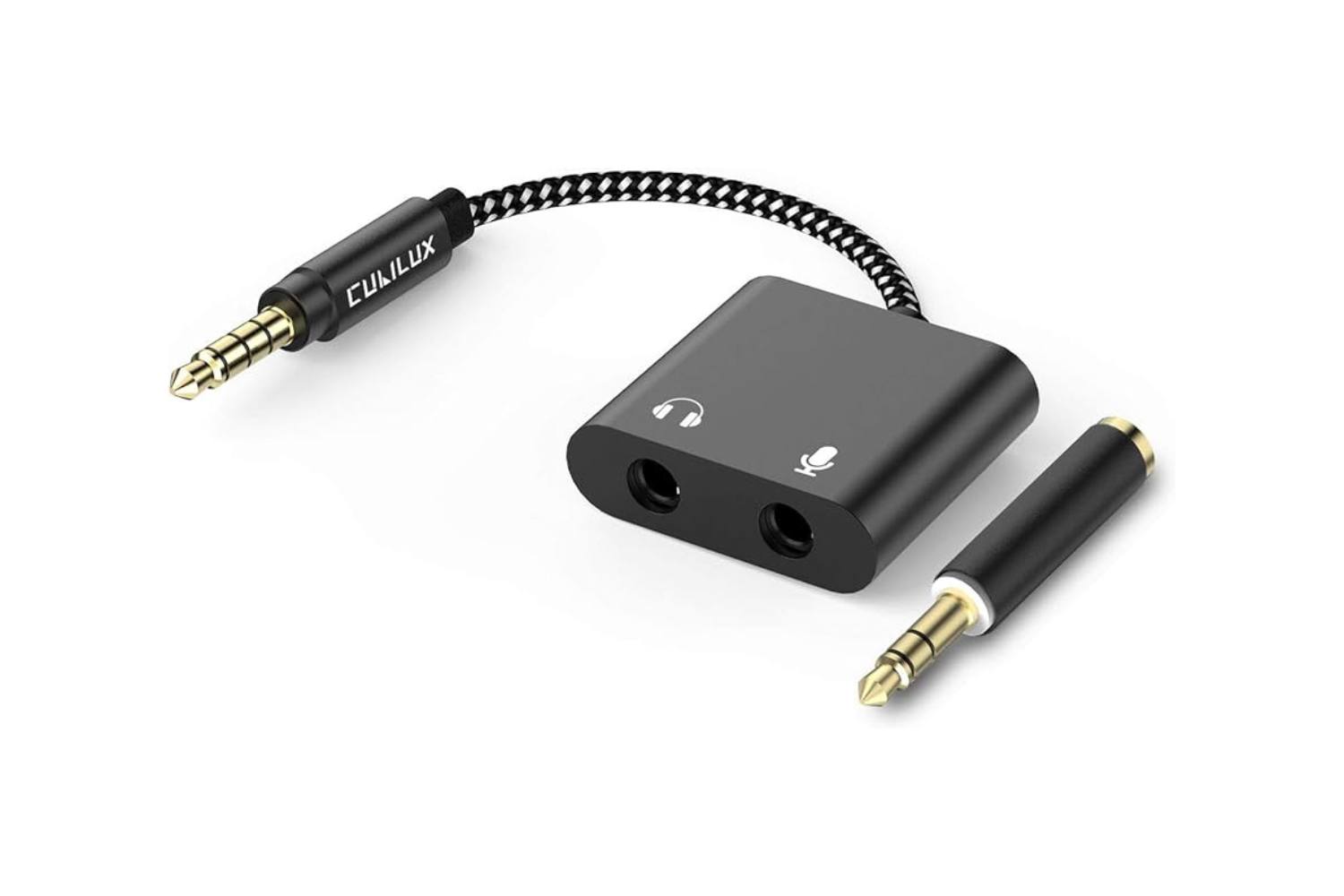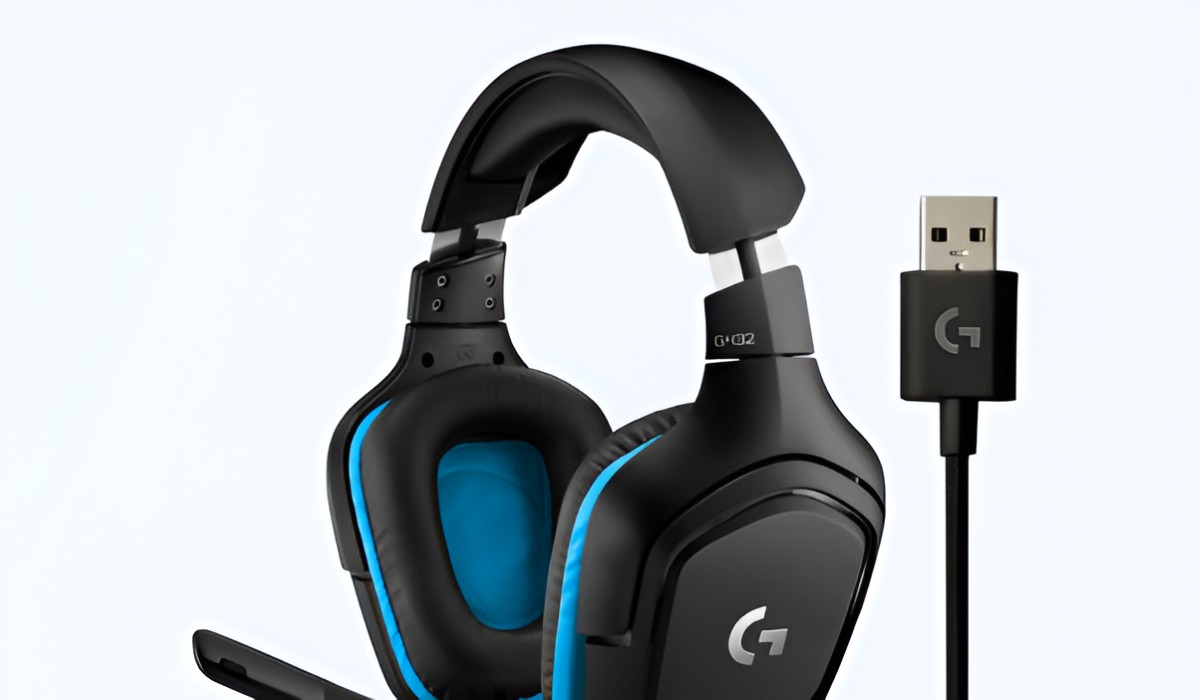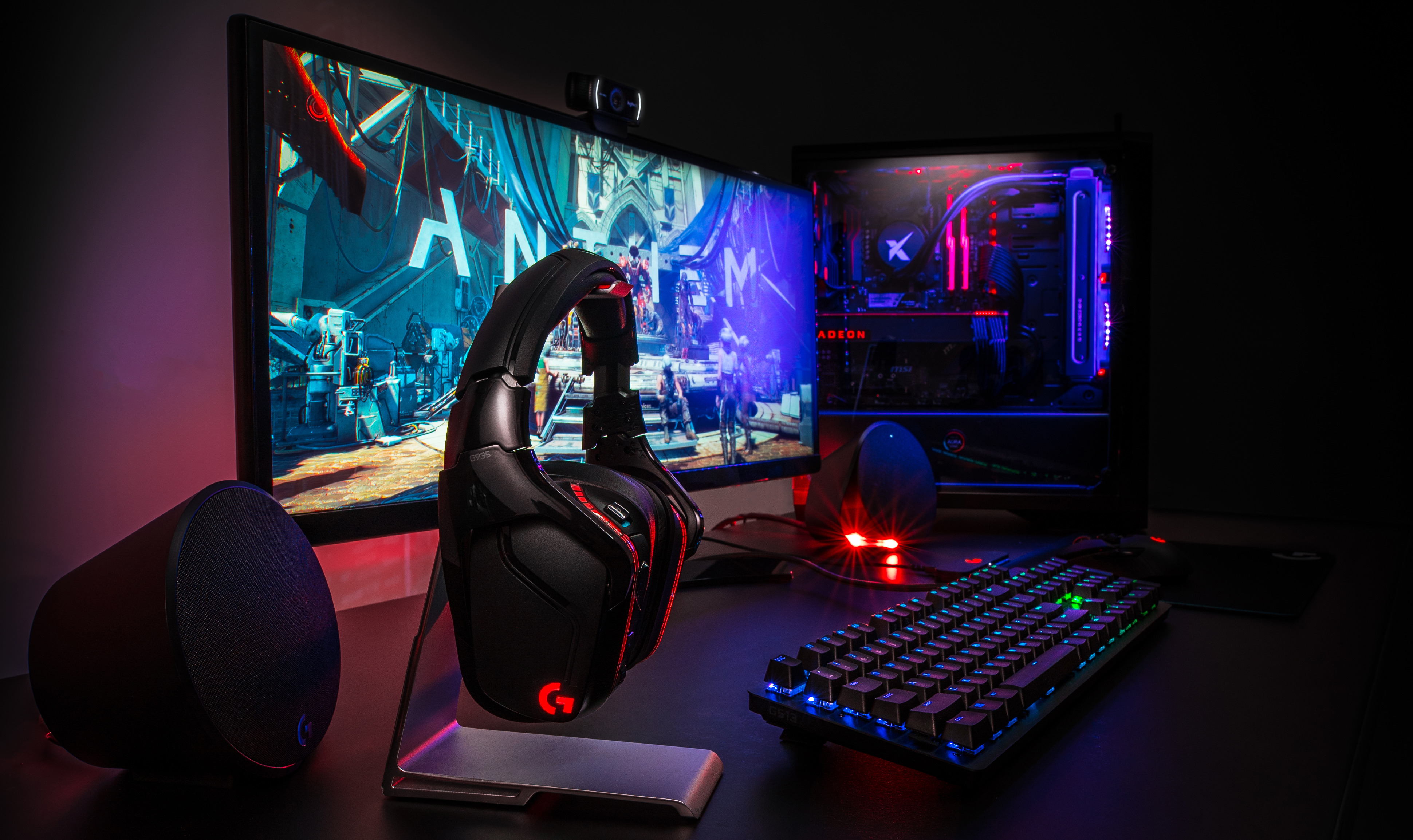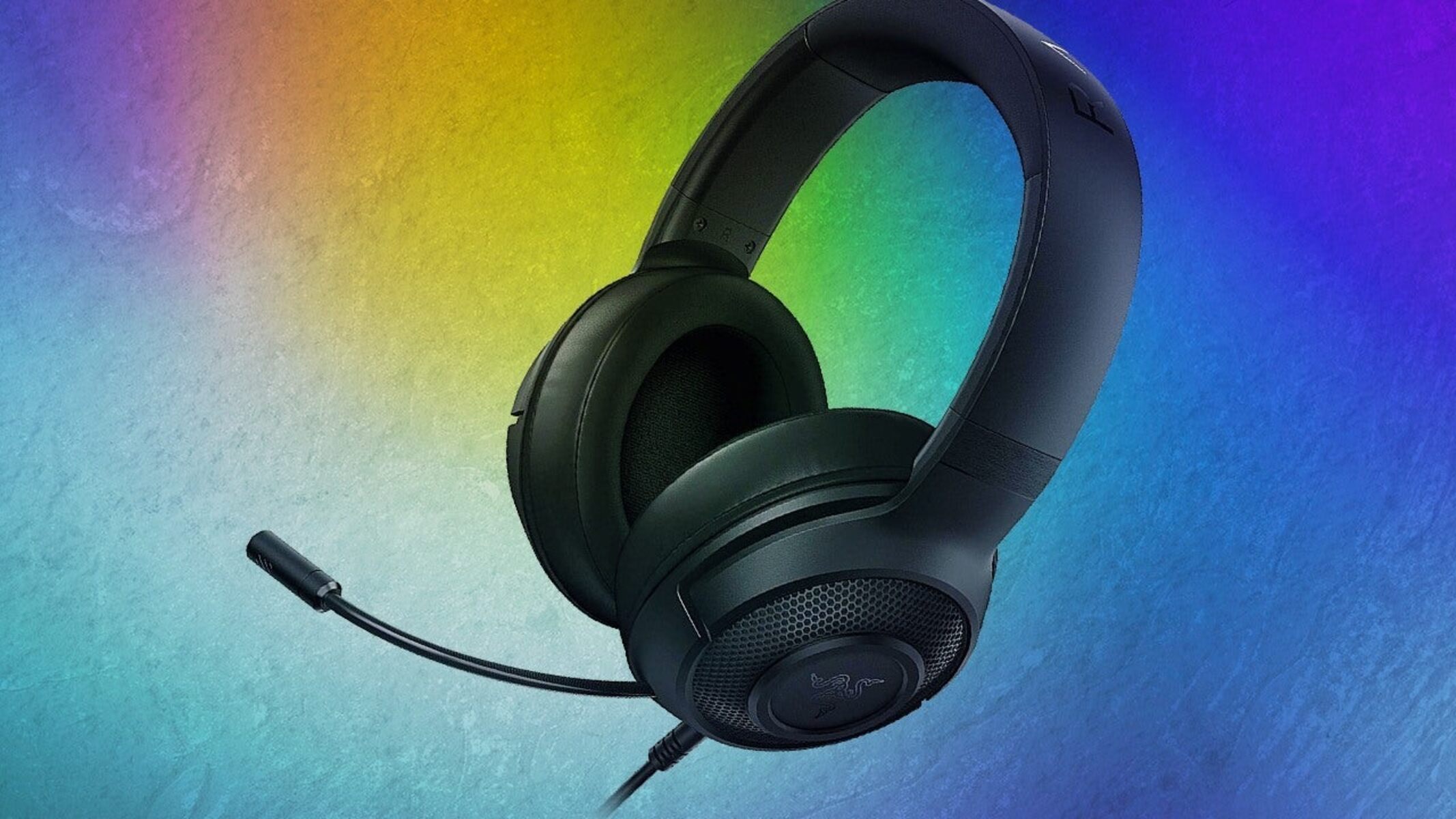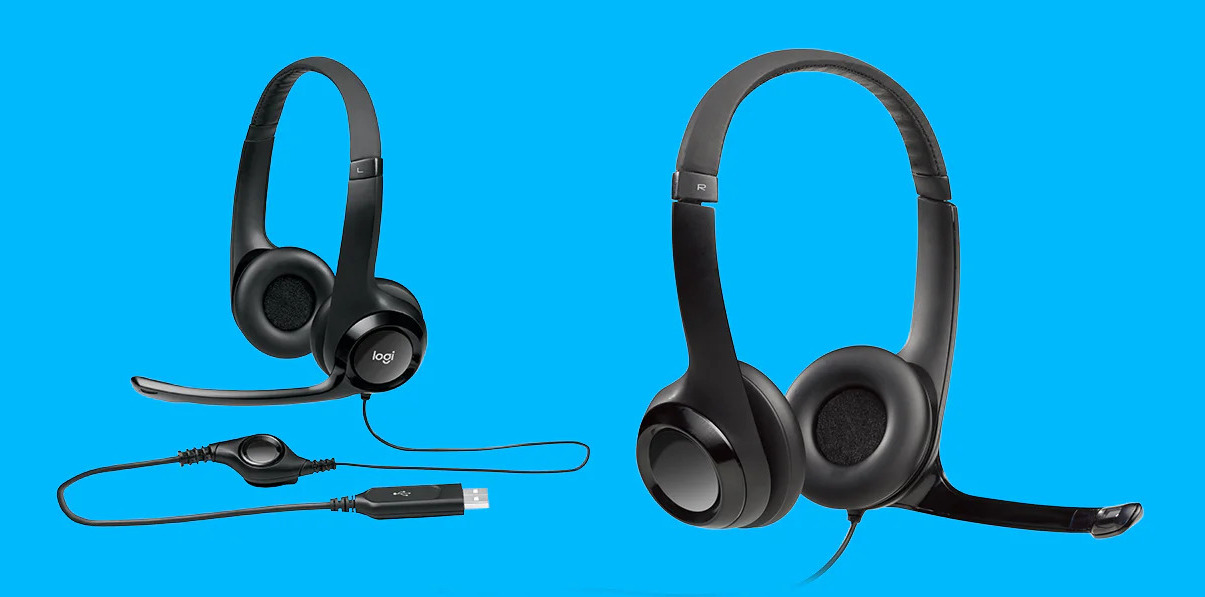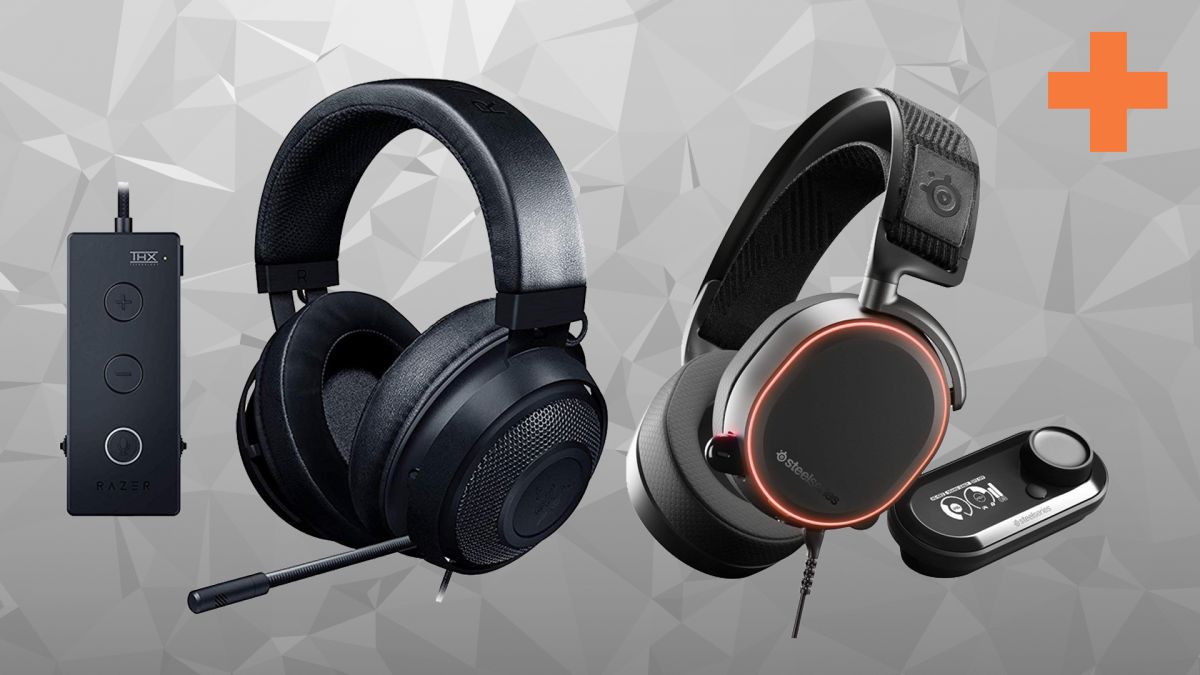Introduction
When it comes to enjoying music, gaming, or engaging in virtual meetings, having the right audio jack for your headset is crucial. Whether you're a music enthusiast, a dedicated gamer, or a professional who relies on crystal-clear audio during virtual meetings, selecting the appropriate audio jack for your headset can significantly impact your overall experience. The audio jack serves as the crucial link between your headset and your device, allowing you to immerse yourself in high-quality sound and seamless communication.
In this article, we will delve into the intricacies of audio jacks, exploring the different types available and providing insights into how to select the right one for your specific needs. Understanding the nuances of audio jacks is essential for anyone seeking to optimize their audio experience, whether for leisure or professional purposes. By gaining a comprehensive understanding of audio jacks, you can make informed decisions when purchasing headsets and ensure compatibility with your devices.
Join us as we embark on a journey to unravel the world of audio jacks, empowering you to make informed choices and elevate your audio experience to new heights. Let's dive into the fascinating realm of audio technology and discover the key factors that can enhance your auditory adventures.
Understanding Audio Jacks
Audio jacks, also known as headphone jacks, serve as the primary interface for connecting headsets, headphones, and earphones to various electronic devices such as smartphones, laptops, tablets, and audio equipment. These small yet pivotal connectors facilitate the transmission of audio signals, enabling users to experience immersive sound and seamless communication.
The design of audio jacks is relatively standardized, featuring a cylindrical metal shaft with a series of metal bands or rings encircling the base. These bands are crucial as they determine the type of connection and the functionality of the audio jack. Understanding the configuration of these bands is essential for identifying the compatibility of a specific headset with diverse devices.
Audio jacks are available in different sizes, with the most common variants being the 3.5mm and 6.35mm jacks. The 3.5mm jack, also known as the mini-jack or 1/8-inch jack, is widely utilized in portable devices such as smartphones, tablets, and laptops. On the other hand, the 6.35mm jack, often referred to as the quarter-inch jack, is commonly found in professional audio equipment, amplifiers, and musical instruments.
It's important to note that the functionality of an audio jack is not solely determined by its size; rather, it is primarily influenced by the number of metal bands present on the connector. A standard 3.5mm audio jack typically features three bands, known as the Tip, Ring, and Sleeve (TRS) configuration. These bands facilitate the transmission of stereo audio, allowing for the separate delivery of left and right audio channels along with the ground connection.
In contrast, audio jacks with four bands, known as the Tip, Ring, Ring, Sleeve (TRRS) configuration, are designed to accommodate stereo audio along with an additional channel for microphone input or other functionalities. This four-band configuration is commonly employed in headsets with built-in microphones, enabling users to engage in voice calls, gaming, and virtual meetings while enjoying high-quality audio output.
Understanding the distinctions between TRS and TRRS configurations is crucial for selecting the right audio jack that aligns with your specific requirements. Whether you seek a standard stereo connection for music and entertainment or a versatile TRRS setup for seamless communication and gaming, grasping the nuances of audio jack configurations empowers you to make informed decisions when choosing headsets and ensuring compatibility with your devices.
By comprehending the intricacies of audio jacks, you can navigate the diverse landscape of audio technology with confidence, unlocking a world of immersive sound and seamless connectivity. As we delve deeper into the realm of audio jacks, we will explore the various types available, shedding light on their unique functionalities and applications. Join us on this enlightening journey as we unravel the mysteries of audio jacks and pave the way for an enhanced auditory experience.
Types of Audio Jacks
3.5mm Audio Jack
The 3.5mm audio jack, also known as the mini-jack or 1/8-inch jack, is one of the most prevalent types of audio connectors, commonly found in portable electronic devices such as smartphones, tablets, laptops, and MP3 players. Its compact size and widespread compatibility make it a popular choice for delivering high-quality audio output to a diverse range of consumer electronics. The 3.5mm audio jack typically features the TRS (Tip, Ring, Sleeve) configuration, enabling stereo audio transmission for immersive music listening and entertainment experiences. Its versatility and ubiquity have cemented its position as a standard interface for audio connectivity in the consumer electronics landscape.
6.35mm Audio Jack
The 6.35mm audio jack, also referred to as the quarter-inch jack, is a larger variant commonly utilized in professional audio equipment, amplifiers, musical instruments, and audio interfaces. Due to its robust construction and enhanced durability, the 6.35mm jack is well-suited for demanding audio applications, catering to the needs of musicians, sound engineers, and audio enthusiasts. Its larger size allows for a more secure connection and is favored in scenarios where ruggedness and reliability are paramount. The 6.35mm audio jack is often associated with high-fidelity audio reproduction and is a staple in the realm of professional audio production and live sound reinforcement.
TRRS Audio Jack
The TRRS (Tip, Ring, Ring, Sleeve) audio jack represents a significant advancement in audio connectivity, offering a versatile interface that supports both stereo audio output and additional functionality, such as microphone input and remote control capabilities. This four-band configuration is commonly employed in headsets, earphones, and headphones equipped with in-line microphones, enabling users to engage in voice calls, gaming, and virtual meetings while enjoying seamless audio transmission and microphone input. The TRRS audio jack has become integral to modern communication and entertainment devices, empowering users to experience immersive audio and engage in clear, hands-free communication.
Optical Audio Jack
Optical audio jacks, also known as TOSLINK or SPDIF connectors, utilize optical fibers to transmit digital audio signals, offering a high-fidelity audio transmission method that is immune to electromagnetic interference. These jacks are commonly found in audio-visual equipment, soundbars, home theater systems, and audio interfaces, providing a reliable means of delivering pristine audio quality for immersive cinematic experiences and audio production. The optical audio jack's ability to transmit multichannel audio and support high-resolution audio formats makes it an indispensable component in the realm of home entertainment and professional audio setups.
USB-C Audio Jack
With the proliferation of USB-C technology in modern devices, USB-C audio jacks have emerged as a contemporary solution for audio connectivity. These jacks leverage the multifunctional capabilities of USB-C ports to deliver audio output, microphone input, and power delivery, streamlining the connectivity ecosystem for users of smartphones, laptops, and other compatible devices. The USB-C audio jack represents a convergence of audio and data transmission, offering a versatile and future-ready solution that aligns with the evolving landscape of consumer electronics and mobile connectivity.
By exploring the diverse types of audio jacks, we gain a deeper appreciation for the rich tapestry of audio connectivity solutions available to consumers and professionals alike. Each type of audio jack brings unique advantages and applications, catering to the diverse needs of audio enthusiasts, musicians, content creators, and everyday users seeking to elevate their auditory experiences. As we continue our exploration of audio technology, we will delve into the intricacies of selecting the right audio jack for your headset, empowering you to make informed decisions and unlock the full potential of your audio devices.
Selecting the Right Audio Jack for Your Headset
When it comes to selecting the right audio jack for your headset, several factors come into play, each influencing the compatibility, functionality, and overall audio experience. Whether you're a music aficionado, a avid gamer, or a professional reliant on seamless communication, choosing the appropriate audio jack for your headset is paramount. Let's delve into the essential considerations to guide you in making an informed decision.
Device Compatibility
The first and foremost consideration when selecting an audio jack for your headset is the compatibility with your devices. Assess the audio inputs available on your smartphones, laptops, gaming consoles, or audio interfaces to determine the type of audio jack required. For instance, if your device features a 3.5mm audio jack, you'll need a headset equipped with a corresponding 3.5mm connector to ensure seamless connectivity and audio playback.
Audio Requirements
Understanding your specific audio requirements is crucial in choosing the right audio jack for your headset. If you prioritize high-fidelity audio reproduction and immersive soundscapes, a headset with a 6.35mm audio jack may align with your needs, especially if you're engaged in professional audio production or musical endeavors. Conversely, if portability and universal compatibility are paramount, a 3.5mm audio jack offers a versatile solution for everyday audio enjoyment on a wide range of devices.
Microphone Integration
For individuals seeking headsets with microphone capabilities for voice calls, gaming, or virtual meetings, the integration of a TRRS audio jack is essential. This configuration enables the seamless transmission of stereo audio alongside microphone input, allowing for clear communication and immersive audio experiences. Assessing the need for microphone functionality is pivotal in selecting a headset with the right audio jack, ensuring that it caters to your communication and gaming requirements.
Future-Proof Connectivity
As technology evolves, so do audio connectivity standards. Considering the future-proofing of your audio setup is prudent when selecting the right audio jack for your headset. In this regard, USB-C audio jacks offer a forward-looking solution, leveraging the multifunctional capabilities of USB-C ports to deliver audio, power, and data transmission. Embracing USB-C audio connectivity can ensure compatibility with upcoming devices and streamline the audio ecosystem for modern consumers.
Application-Specific Considerations
For professionals and enthusiasts in specialized fields such as audio production, live sound engineering, and content creation, the selection of audio jacks may be influenced by application-specific requirements. Optical audio jacks, known for their high-fidelity digital audio transmission, are favored in home theater systems, soundbars, and audio interfaces, catering to the demands of multichannel audio and high-resolution formats.
By carefully considering device compatibility, audio requirements, microphone integration, future-proof connectivity, and application-specific needs, you can effectively navigate the diverse landscape of audio jacks and select the right one for your headset. Empowered with this knowledge, you can make informed decisions when choosing headsets, ensuring seamless compatibility and optimal audio performance across your devices.
This comprehensive understanding of audio jacks and their implications for headset selection equips you to embark on an audio journey filled with immersive sound, seamless communication, and unparalleled auditory experiences. As you embrace the world of audio technology, may your headset become a conduit for sonic bliss, connecting you to the rich tapestry of music, gaming, and communication with unparalleled clarity and fidelity.
Conclusion
In conclusion, the world of audio jacks encompasses a rich tapestry of connectivity solutions, each catering to diverse needs and applications. From the ubiquitous 3.5mm and 6.35mm jacks to the versatile TRRS and forward-looking USB-C connectors, the realm of audio technology offers a myriad of options for users seeking to elevate their auditory experiences. By gaining a comprehensive understanding of audio jack configurations, types, and selection considerations, individuals can navigate the landscape of audio connectivity with confidence and make informed decisions when choosing headsets for music, gaming, communication, and professional endeavors.
The significance of device compatibility cannot be overstated, as it forms the cornerstone of seamless audio connectivity. Assessing the audio inputs available on smartphones, laptops, gaming consoles, and audio interfaces empowers users to select headsets with the appropriate audio jack, ensuring compatibility and optimal audio playback across devices. Understanding specific audio requirements, whether prioritizing high-fidelity reproduction, microphone integration, or future-proof connectivity, enables users to align their headset choices with their unique preferences and usage scenarios.
As technology continues to evolve, the emergence of USB-C audio jacks represents a forward-looking solution that harmonizes audio, power, and data transmission within a single connector. Embracing USB-C audio connectivity can future-proof audio setups, offering a versatile and adaptable solution for modern devices. For professionals and enthusiasts in specialized fields, the consideration of application-specific needs, such as multichannel audio and high-resolution formats, guides the selection of audio jacks tailored to their unique requirements.
By weaving together the threads of device compatibility, audio requirements, microphone integration, future-proof connectivity, and application-specific considerations, users can embark on an audio journey filled with immersive sound, seamless communication, and unparalleled auditory experiences. The right audio jack serves as the conduit for sonic bliss, connecting individuals to the rich tapestry of music, gaming, and communication with unparalleled clarity and fidelity.
As we conclude this exploration of audio jacks, may the knowledge and insights gained empower you to make informed decisions, unlocking the full potential of your audio devices and embarking on a journey of sonic delight. Whether you're immersed in the pulsating rhythms of music, the immersive landscapes of gaming, or the seamless communication of virtual meetings, may your chosen audio jack amplify your experiences, enriching every sonic moment with precision and clarity.







